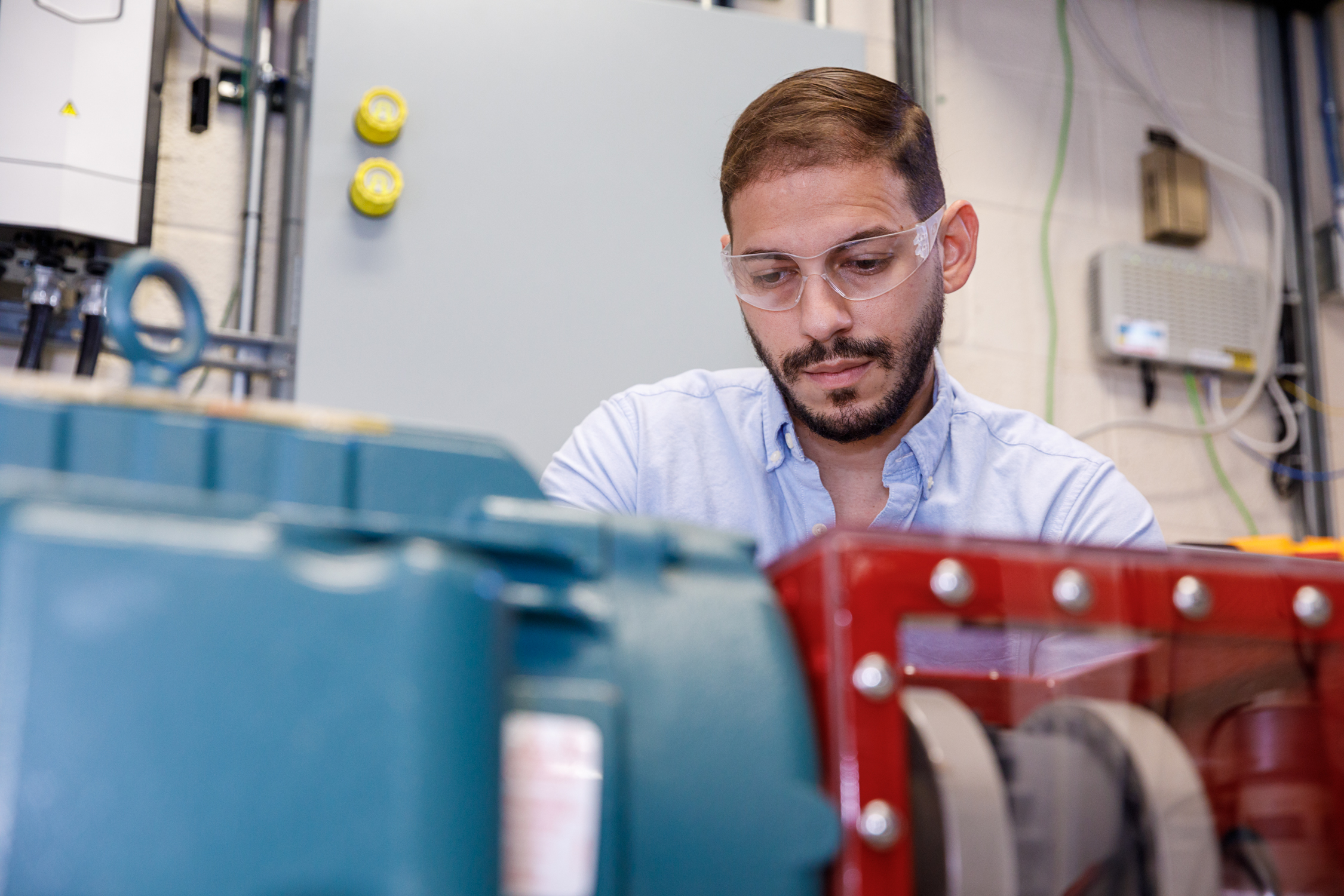The U.S. is ramping up plans for a major increase in offshore wind production, but the country needs to design turbines that can withstand the challenges of tropical storms. In the Journal of Renewable and Sustainable Energy, researchers examine tropical storm observation technology and review physics-based modeling and data-driven models that use AI and machine learning. Advanced modeling techniques are rapidly developing, such as deep neural networks that downscale existing regional data to point-scale data using super-resolution techniques. Another key advancement is using machine learning methods for dynamic warm potential predictions, which can better predict the intensity of a storm.
Tag: wind turbine
Optimizing renewable energy utilization with high gain converters
Abstract This research proposes a novel control technique for optimizing hybrid renewable energy sources (HRES) by using a high-gain DC-to-DC converter topology. The Hybrid RES system comprises a battery components, wind turbine (WT), and photovoltaic (PV). The proposed control methodology…
Optimizing renewable energy utilization with high gain converters
Abstract This research proposes a novel control technique for optimizing hybrid renewable energy sources (HRES) by using a high-gain DC-to-DC converter topology. The Hybrid RES system comprises a battery components, wind turbine (WT), and photovoltaic (PV). The proposed control methodology…
Wind turbines recoup the energy required to build them within a year of normal operation
According to a report released by the U.S. Department of Energy (DOE), Wind power is now the largest source of renewable energy in the U.S. Social media posts that have been widely shared have alleged that wind power is inefficient and unnecessarily expensive.
How Do Wind Turbines Respond to Winds, Ground Motion During Earthquakes?
Wind power has experienced fast growth within China during the past decade, but many wind farms are being built within regions of high seismic activity. In Journal of Renewable and Sustainable Energy, researchers present their work exploring the dynamic behaviors of wind turbines subjected to combined wind-earthquake loading. The group discovered that changes in the wind increase and decrease the response amplitude of the wind turbine under weak and strong earthquakes, respectively.
Steering Wind Turbines Creates Greater Energy Potential
For wind farms, it is important to control upstream turbines in an efficient manner so downstream turbines are not adversely affected by upstream wake effects. In the Journal of Renewable and Sustainable Energy, researchers show that by designing controllers based on viewing the wind farm system as a coupled network, it is possible to extract power more efficiently.

New tool at Sandia brings some West Texas wind to the Duke City — virtually
Researchers at Sandia National Laboratories have a new tool that allows them to study wind power and see whether it can be efficiently used to provide power to people living in remote and rural places or even off the grid, through distributed energy.